The Kemtrak DCP007 delivers highly accurate measurements with minimal maintenance and low cost of ownership.
Every DCP007 Color and Concentration analyzer has two application-specific, solid-state UV-VIS-NIR wavelengths that can be configured for single, dual or referenced measurement.
There are four main variants of the DCP007 – UV, Color/VIS, NIR and NIR(Trace) – allowing a highly flexible approach to online color and concentration for measurement in many processes. Calibration with strong correlation to offline laboratory sample tests gives users high confidence in the process values reported, making the DCP007 highly suitable for process control and product quality applications throughout industry.
For applications ranging from manufacturing and water analysis to groundbreaking scientific research, South Fork Instruments can assist you in configuring a cost-effective Color/Concentration analyzer system especially tailored to your measurement needs.
UV Variant: perfect for protein detection in chromatography, fractionation, and filtration. Used to measure the concentration of solvent solutions
Color/VIS Variant: ideal for reporting color depth to standard color scales and for concentration of visually colored materials
NIR Variant: ideal for 0 – 100% alcohol/solvent in water concentration measurements
NIR (Trace) Variant: measures trace water content in a wide variety of solvents and solutions
The UV, VIS and NIR variants all utilize long life LED light sources. UV light sources are rated for >20,000 hours, while VIS and NIR light sources are guaranteed for life. The NIR(Trace) unit uses a Peltier thermopile to generate the wavelengths needed for operation. The DCP007 automatically controls light energy output from its light sources at the optimum level for maximum measurement performance. Through constant checking of both light energy output levels and photodetector dark current signals, the DCP007 ensures exceptional drift free measurement over long periods of time without compromising sensitivity.
Cleverly designed amplification stages around the photometric detection circuitry of the DCP007 allows for linear absorbance performance up to 3A and an overall measurement range of up to 5A. This impressive measurement range allows for application in high absorbance applications without compromising process flow rates.
A dual channel DCP007 provides two channels of measurement data, each at a different wavelength. A major benefit of measuring two wavelengths is that multiparameter measurement can often be provided from the same instrument: color/concentration of the stream and solids/turbidity content.
When used in referenced measurement mode, the DCP007 compensates for both optical window buildup and the presence of solids/turbidity in the measurement stream to provide a true color/concentration measurement. Referenced wavelength measurement can be weighted to correct for disproportionate absorbance at the measurement and reference wavelengths.
Each DCP007 analyzer consists of an electronics unit configured for wavelength, an inline measurement cell or probe and high quality rugged industrial fiber optic cables.
Exceptionally high reliability ensures that maintenance requirements are very low, making cost of ownership one of the most attractive amongst inline optical instruments in the marketplace today. Furthermore, while each instrument is carefully configured to suit each application, change to repurpose the instrument to another application is a quick and simple task that can be carried out in the field.
Learn how color and concentration photometers work and how easy they can be to calibrate:
VIEW OUR FAQ's TO LEARN MORE ABOUT COLOR/CONCENTRATION MONITORS
Have More Questions?
Take a quick moment to get in touch with our expert sales engineers and technologists and we'll guide you to a solution.
DCP007 Color/Concentration Analyzer
Features of the DCP007 include a user-configurable data logger with a >17,000 record capacity, event logger can log more than 16,000 entries related to all system events, PID controller with an analog or pulse-width modulated relay output, and time-based automatic cell cleaning that triggers external valves as necessary to clean cell windows.
All units accommodate up to two 0/4 - 20mA analog outputs. Relays (1A load) include 1 failsafe, 2 user configurable, and 1 automatic cleaning. Digital inputs include product/range selection, remote zero, clean cell, hold (freeze output), data log control, and light source control. Digital communications are achieved by 1 x 10/100Base-T Ethernet for HTML/Java Web access or Modbus over TCP/IP.
Inline Measurement Cells
A wide range of inline flow cells are available for use with DCP007 UV-VIS-NIR analyzers. Flow cells are factory built to suit the application they are to be used on from a wide selection of process fitting types and sizes, material types and optical path lengths.
DCP007 Analyzer Traceable Validation Options
Kemtrak DCP007 analyzer traceable calibration/validation accessories provide periodic measurement confidence assurance while saving valuable time and resources. A standard 10mm cuvette size holder, either intimately mounted on the measurement cell or remotely at a convenient place in one of the fiber optic cables, allows optical filters and/or liquid calibration standards to be placed directly into the analyzer optical measurement path without the need to uninstall the measurement cell from the line. The result is a highly reliable validation method that provides confidence the instrument is working to specification and is providing a correct and accurate measurement.
Kemtrak validation accessories can be used with certified absorbance filters, correlated colored glass filters or liquid standards with a standard 12.5 mm square cuvette profile, the same as those used to validate offline devices such as laboratory spectrophotometers. This requires only one set of filters or liquid standards to validate both laboratory and online instruments assuring traceability while dramatically improving confidence in the online measurement.
General Photometer & Kemtrak Photometer FAQs
TALK TO OUR PROFESSIONALS FOR MORE INFO
SOUTH FORK INSTRUMENTS
3845 Buffalo Road
Auburn, CA 95602
Tel: (+1) 925-461-5059


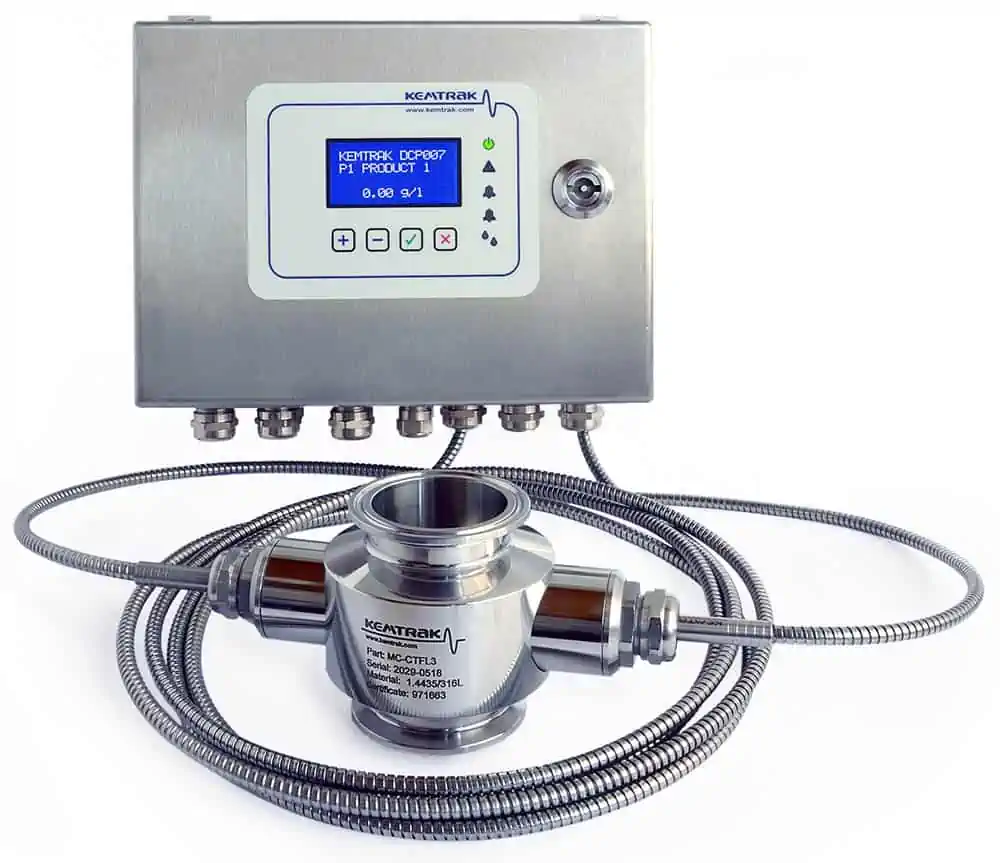
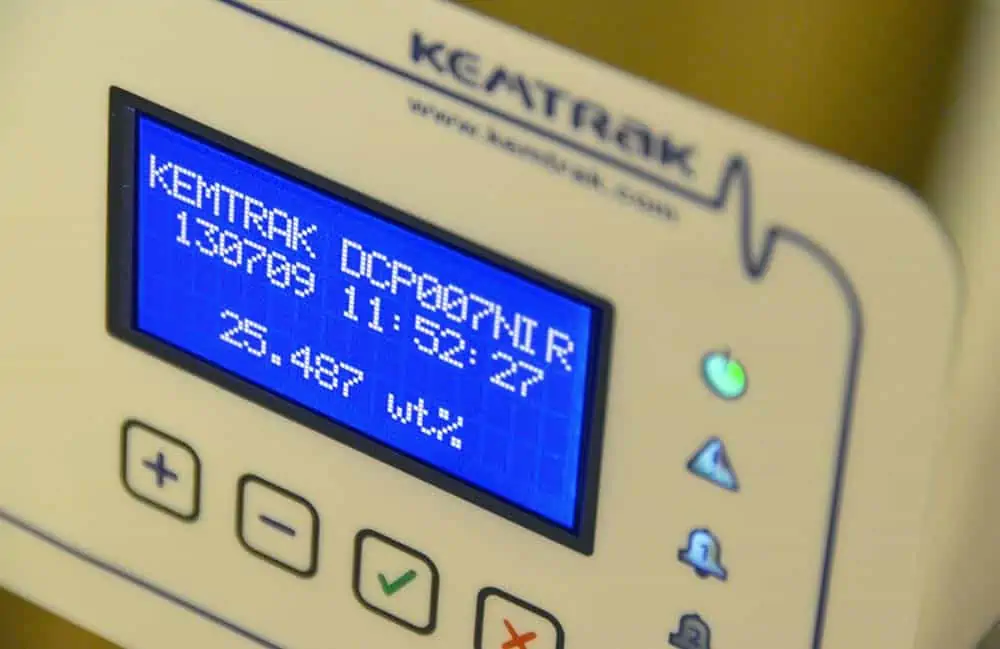

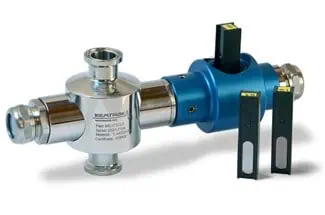

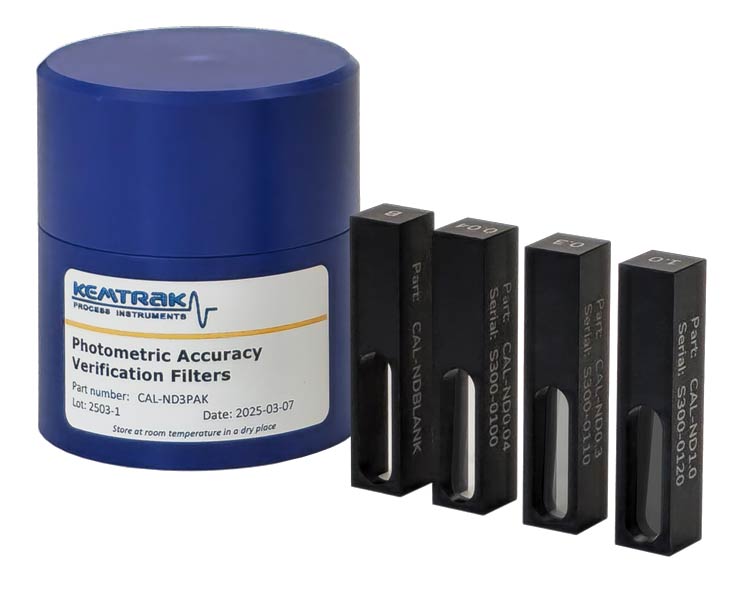
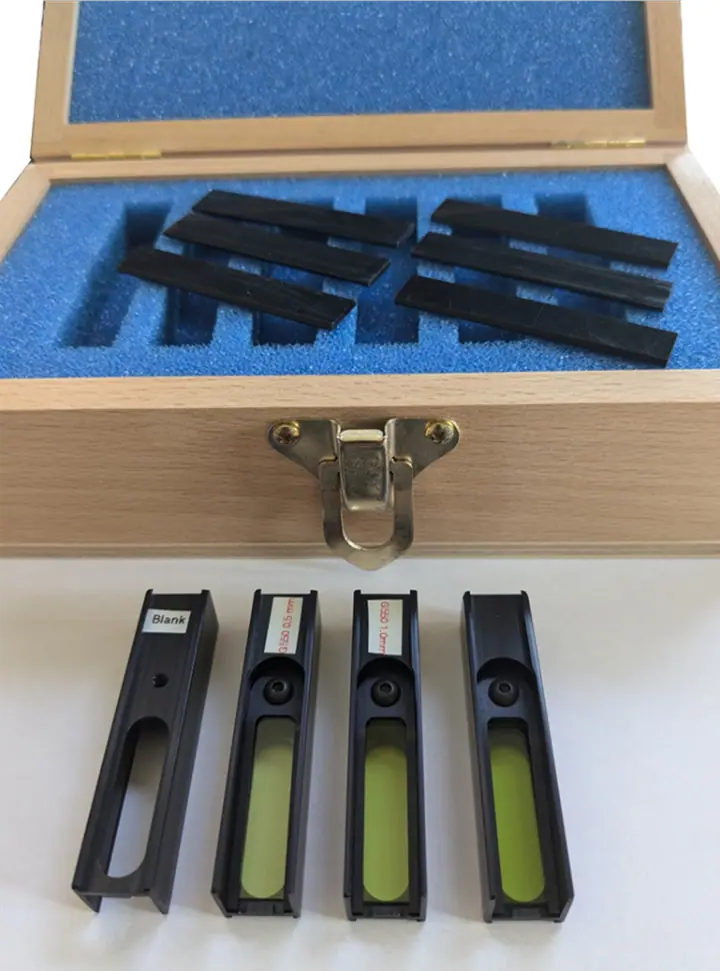

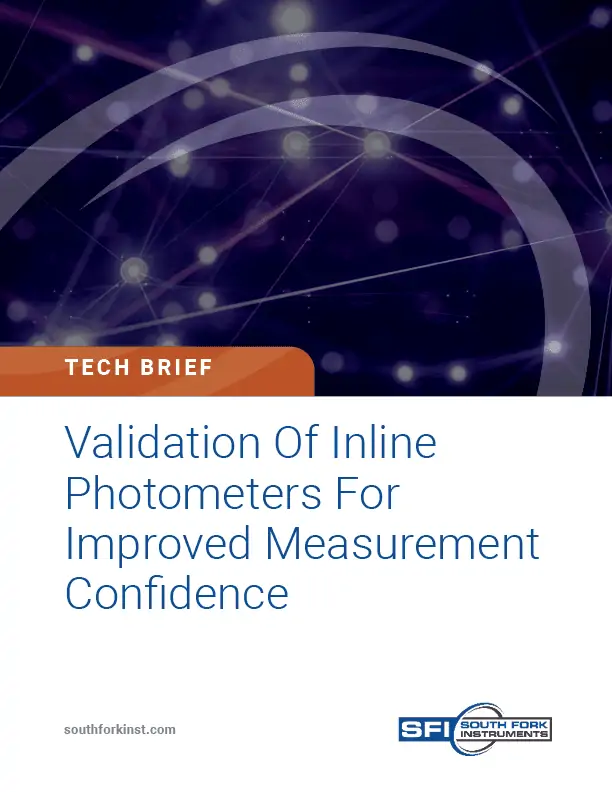
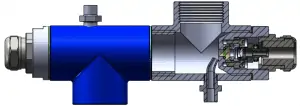 Kemtrak stainless steel long pass (OPL = 100mm) G 1” (DN 25) pipe thread measurement cell with optional G 1/8” (DN 6) sapphire window cleaning nozzles.
Kemtrak stainless steel long pass (OPL = 100mm) G 1” (DN 25) pipe thread measurement cell with optional G 1/8” (DN 6) sapphire window cleaning nozzles.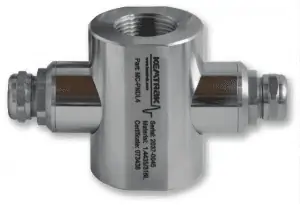 A typical measurement cell for this application is a 1” NPT type cell, like this Kemtrak stainless steel NPT 1” tapered pipe thread measurement cell with sapphire measurement window.
A typical measurement cell for this application is a 1” NPT type cell, like this Kemtrak stainless steel NPT 1” tapered pipe thread measurement cell with sapphire measurement window.